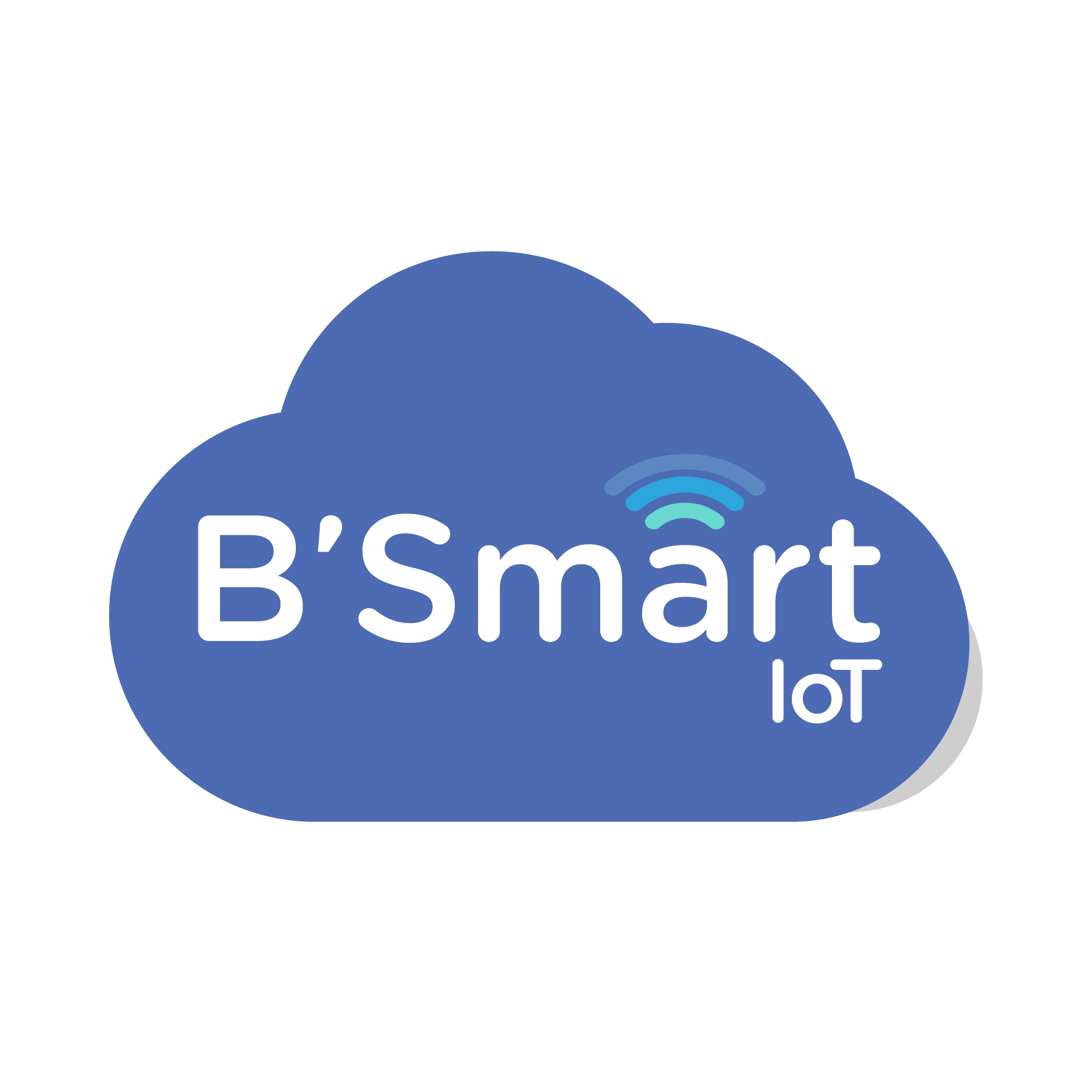The need to automate workloads and do more with less has become a reality.
Current situation
The level of digitalization through fleet management in machines is usually low, access here the webinar where you will find solutions to this topic. The customer can basically see where the machines are and generally this service is not used to launch automated events, capture machine hours or to launch warnings about preventive maintenance reviews automatically. Nor is it usual to have a control panel where you can see the general status of the fleet. In addition, despite having a fleet management system, the level of digitization and automation of repetitive tasks associated with daily operations is usually below 5%.
Areas of improvement detected.
- Machine hours are collected manually, and due to this there are usually deviations and lack of control in preventive maintenance checks, especially if the machine is rented for long periods of time. This system also causes that in some cases more revisions of the account are made, as a consequence even if a CMMS (Maintenance Management Platform) is available, the machine hours are collected and entered manually. In addition, the customer does not usually have a control panel that shows the status of the fleet quickly.
- The fuel used by each machine and the refueling in diesel machines is controlled manually, with the workshop staff pointing out the refuelling, and the office staff entering the management system. This results in a waste of time on repetitive tasks that did not add value.
- The control of where each of the machines is located (Preparation, prepared, workshop, en route to the client, returning to the central, etc.) is not automatic, therefore time is lost in calls between office and workshop to locate these machines and know if they are ready to be rented or not.
- The customer has no record of when he leaves and when he will receive the machine unless he communicates by telephone. Thus, the quality of customer service can be greatly improved by sharing a temporary link automatically and with the real-time position of the machine once it leaves the central in the direction of the client. In this way the customer can know at all times the position of the machine without having to make calls.
- Rentals are controlled in many cases through an Excel or a CMMS that is not connected to the fleet management system, which makes the process cumbersome and slow. Both platforms could therefore be communicated in such a way that the information flows automatically and digitally between them, thus maintaining an automatic control of where the machines are, in what phase (workshop, preparation, prepared, etc.) or in which client. The same rental control system could in the future provide information about which customers have rented which machines, how many hours, when, how, where they have been, etc. All this information could be used to extract information about the return on investment of each machine and therefore the performance of the business.
Immediate implementation improvements through the digitalization of fleet management.
- Remote collection of hours, avoiding manual work of both the technician and the person who fed the maintenance software.
- Generation of warnings of automated preventive reviews, thus providing a more exhaustive control.
- Remote machine shutdown if necessary.
- Automated alerts and reports about machines working outside the stipulated hours, for example on weekends.
- Capture of the fuel level and refueling of the machines automatically, being sent digitally to the corresponding management software.
- Real-time warning and reports on machine inclination to avoid accidents and be able to document in case of incident or accident.
- Notice of passage of the machine between different phases; machine in preparation, machine prepared, machine in the workshop, arrival at customer X, etc.
- Automated notification by mail with temporary link of departure and arrival of the machine to the client.
- Connection of the fleet management system with the different platforms that are part of the normal operation of the company to improve control and avoid manual tasks, thus achieving the generation of value from the data collected. Find a success story here.
Using 100% of the data generated by fleet management to generate value.
Once fleet management is implemented, it could be connected to the rest of the platforms used by the client via API. In this way 100% of the data generated by the fleet management platform could be used to generate value, since the data collected from the machines are sent to the fleet management system that in turn automatically feeds other systems such as the CMMS rental management software or also ERP. This would therefore allow to automate and digitize all those repetitive actions such as the generation of invoices, automatically adding and attaching a report with the additional charges for work on weekends for example. In addition, this information can be easily shared with the different actors involved in the management of the rental, thus generating a fleet management system that in addition to geo-locating the machines automates and digitizes many manual tasks of daily operations and generates value through data.

